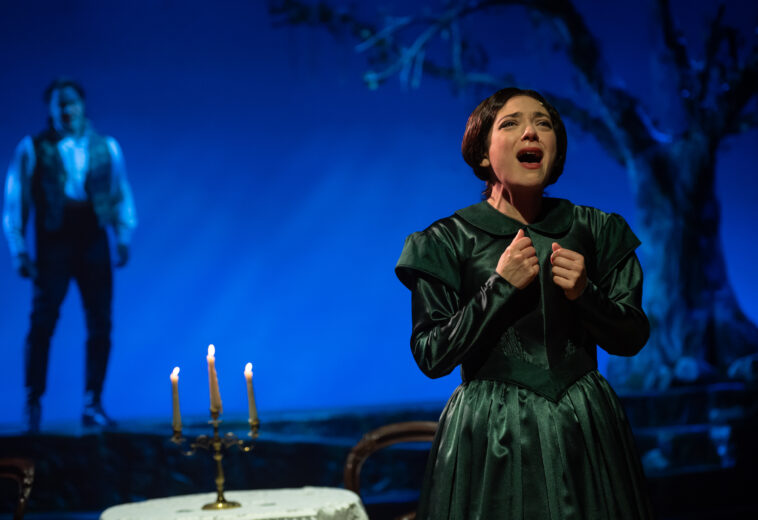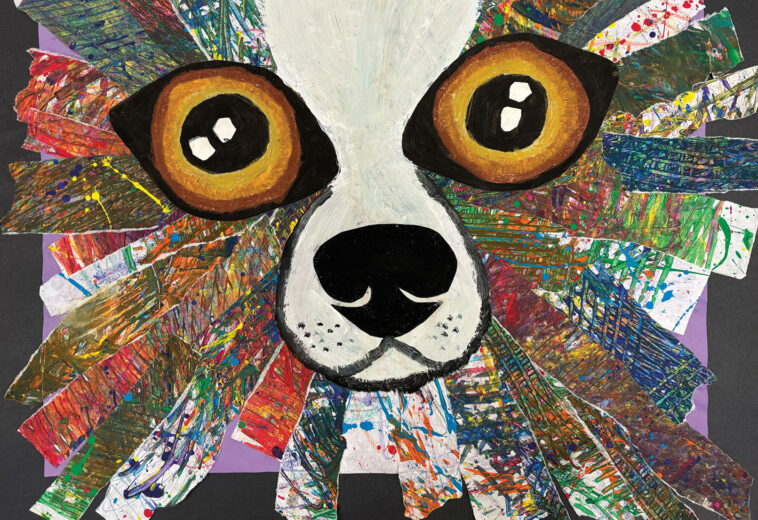BY CAITLIN WHEELER
Don’t know modern dance? That’s OK. Neither did Gaspard Louis when he fell in love with it in college, launching a celebrated career in dance and introducing him to Jodee Nimerichter, director of the American Dance Festival.
Louis and Nimerichter married and settled both themselves and ADF firmly beside Duke University’s East Campus in Durham. Together, they are the perfect ambassadors of dance: she, a world-renowned tastemaker of cutting-edge dance forms; he, a celebrated dancer and choreographer. The Triangle is lucky to have them.
Lucky, because there’s no better place to learn about and explore the many forms of dance today than ADF’s summer festival, which encompasses forms as disparate as acrobatics and Afro jazz, hula and hip-hop. Not to mention ADF’s year-round programming, including classes for all ages, community outreach, free performances and studio space for honing skills.
“Dance is like ice cream,” says Louis, who heads up ADF’s community outreach and education programs. “There’s a flavor for everyone.”
With the tagline, “The Home of Modern Dance Since 1934,” ADF boldly positions itself as a top player in the world of performing arts. And rightly so. The festival has trained dancers from Merce Cunningham to Madonna; commissioned works from choreographers including Martha Graham and Pilobolus; premiered works by artists including Shen Wei and Paul Taylor; and has presented prestigious annual lifetime achievement awards, most recently to hip-hop maverick Rennie Harris. ADF’s move to Durham in 1978 immediately connected the Triangle to the sophisticated world of high-end performing arts, long before the Durham Performing Arts Center was even a concept.
As curator, Nimerichter sees hundreds of dance performances every year, both in the United States and around the world, as she prowls for exciting, “wonderful” dance to showcase at the ADF summer festival. “We like to show the breadth and depth of what is happening,” she says, “with a mix of new and established artists.” Nimerichter grew up with ballet before shifting full-time to arts administration, a background that gives her an eye for classical forms and technique.

Surprisingly, Louis, an amazingly skilled dancer and choreographer, wasn’t even exposed to dance as a child. “As a boy growing up in Haiti, dance was the last thing my parents would have imagined for me,” he says. “And I did what was expected. I played sports, went to college in the U.S., majored in business and did some martial arts.” When a female friend in the dance department begged him to perform in place of an injured dancer, his first response was laughter. “I told her there was no way, that I’d never danced before, that I was shy and hated being on stage.”
She told him that dance wasn’t so different from martial arts, and when another friend said he would try it if Louis did, Louis finally agreed. “She was right,” he says. “The movements were fluid and lyrical and strong, like kung fu, but also very free. And while I hated public speaking, I felt amazingly comfortable onstage as a dancer.”
The director, desperate for another male in the department, suggested he become a dance minor, which he did. Within a year, he’d changed his major from business to dance, and shortly after graduation he auditioned for and landed a job with Pilobolus, a “dream dance company” with a worldwide reputation.
Now, Louis joyfully leads ADF’s community engagement efforts. “I wish I had this kind of opportunity as a child.” Louis says. He finds that his background helps him relate to the children. “Some of the boys are suspicious of learning to dance,” he says, “but when I show them a video of a Pilobolus performance, with all of its athleticism and strange, unexpected forms, they get interested.” Other kids are shy and quiet, but as he encourages them through creative movement, they become wide and alive. “I can actually see their confidence build in real-time over the course of a class,” he says.
Two of the artists selected for ADF’s “Made in NC” showcase last summer really capture the reach and effectiveness of ADF’s community programming. Caroline Calouche, who grew up in Gastonia, says attending ADF’s summer performances exposed her to dancers from New York City and all over the world. “It expanded my mind, for sure,” she says.
Catching the ADF enthusiasm for global dance, Calouche traveled to attend performances and workshops in Europe and South America. “In Brazil, I just fell in love with circus.” Now, her company and studio, Charlotte Cirque & Dance Center, incorporates elements of dance and circus, including aerial silks, lyra (aerial hoop), trapeze, jazz, acrobatics, hip-hop, juggling, hand balancing and ballet. Calouche brought her unique style to “Made in NC” last summer.

“It felt like such a homecoming,” she says. “It’s such a true gift that ADF supports local dance.”
“For me, it’s just as important [as performing] to have a studio and to be educating the next generation of dancers.” Calouche says it can be tricky to make an initial connection with some kids. “Kids get exposed to so much more in social media images,” she says. “Some of them don’t want to explore because they worry they’ll look silly. All they see on social media are examples of perfection and success. It’s hard for them to understand the work and discipline needed to succeed in performing arts.”
Kristin Taylor Duncan, also another “Made in NC” performer, was also inspired early by ADF. “I just always loved to dance, and was lucky to have had all the encouragement in the world from my parents and community. Seeing ADF performances made a career in dance seem like a real possibility.” Now, Duncan teaches students at all levels, from the very young at the Ballet School of Chapel Hill and high schoolers at Riverside High in Durham, to students at Duke University and ADF.
“For teenagers, there’s a period of re-awakening that needs to happen,” she notes. “They have to re-learn their bodies; they need to be encouraged to allow themselves to move freely again.”
Like Calouche, Duncan’s preferred dance genre has foreign roots—though Calouche imported her circus acts directly from Austria and Brazil, while Duncan adopted her Afro jazz style from the studio she attended growing up in North Carolina. Afro jazz has a long-established history in North Carolina, she says.
Duncan notes that it is very important at every stage of your career to have opportunities like ADF. She says that as a choreographer and teacher, it is vital to connect to the world of dance “outside of the one you create for yourself.”
“I was able to attend the BodyTraffic performance last summer and the company just blew me away,” Duncan says. “The program was a great fusion of the current risk-taking contemporary dance vibe and the classic modern dance choreography that many of us trained in during our years in undergrad.”
Whether you’re intrigued by acrobatics, hip-hop or Afro jazz, by dance that tells a story, or by more lyrical ballet-inspired performances, ADF has it.
“Come to everything,” Louis suggests. “Experience as many styles as you can and you’ll find one you love. Though,” he adds, “often times, it’s the things you don’t like that stay with you. It’s all worthwhile.”
Check out American Dance Festival’s summer 2024 schedule of performances at americandancefestival.org. Every year, ADF curates three children’s matinees on Saturdays at 1 p.m. The slightly shorter performances are appropriate for children and often welcome interaction with families.


